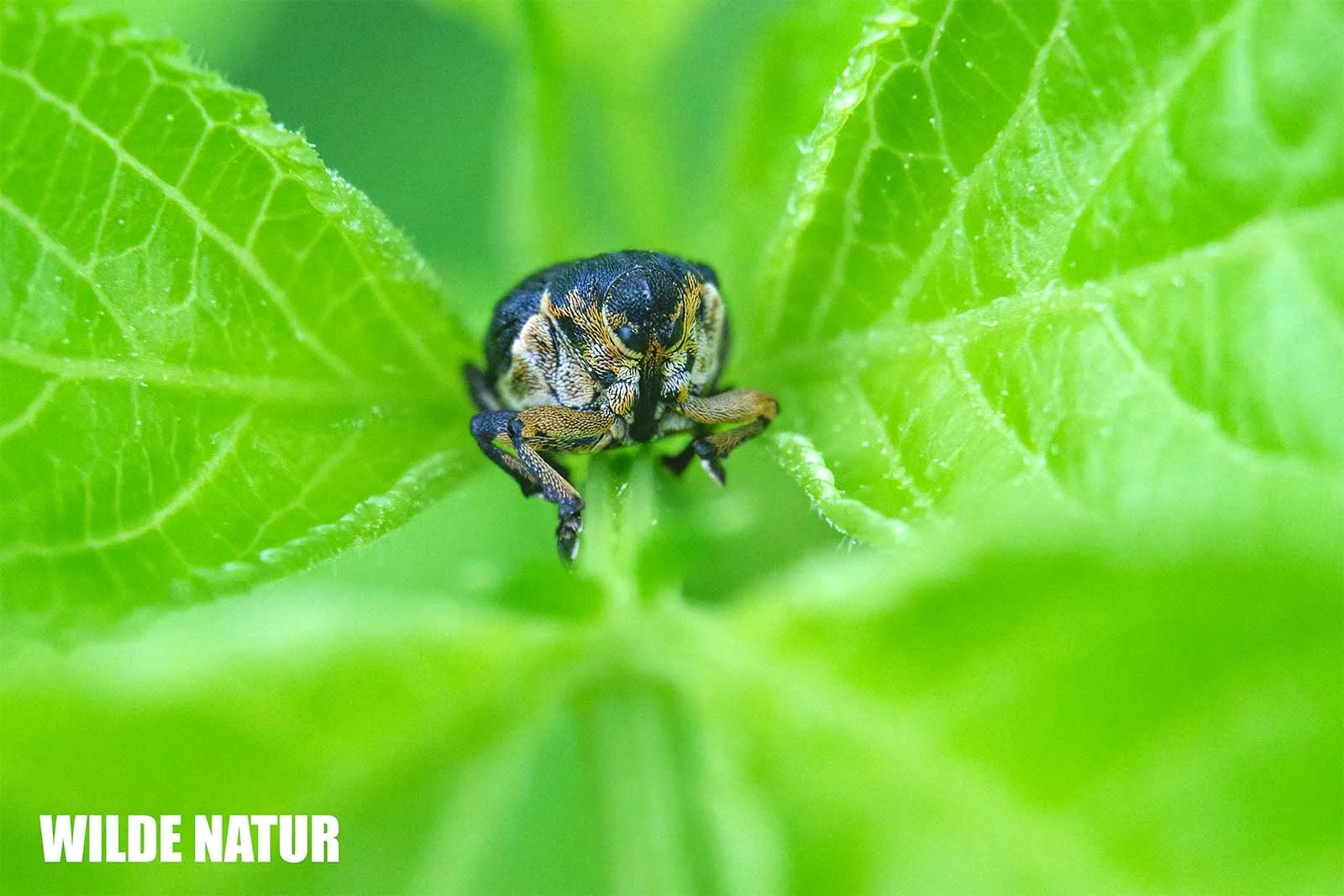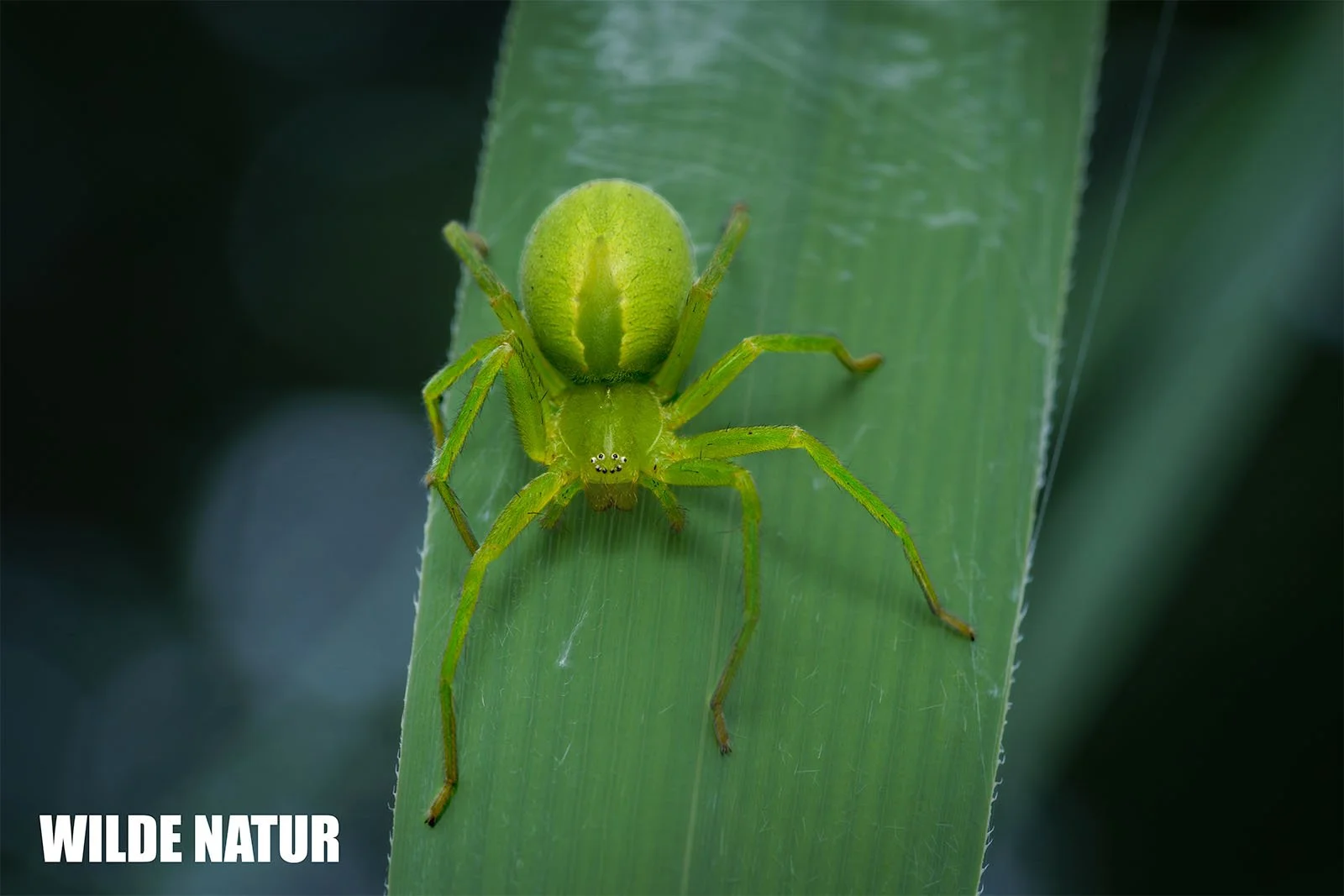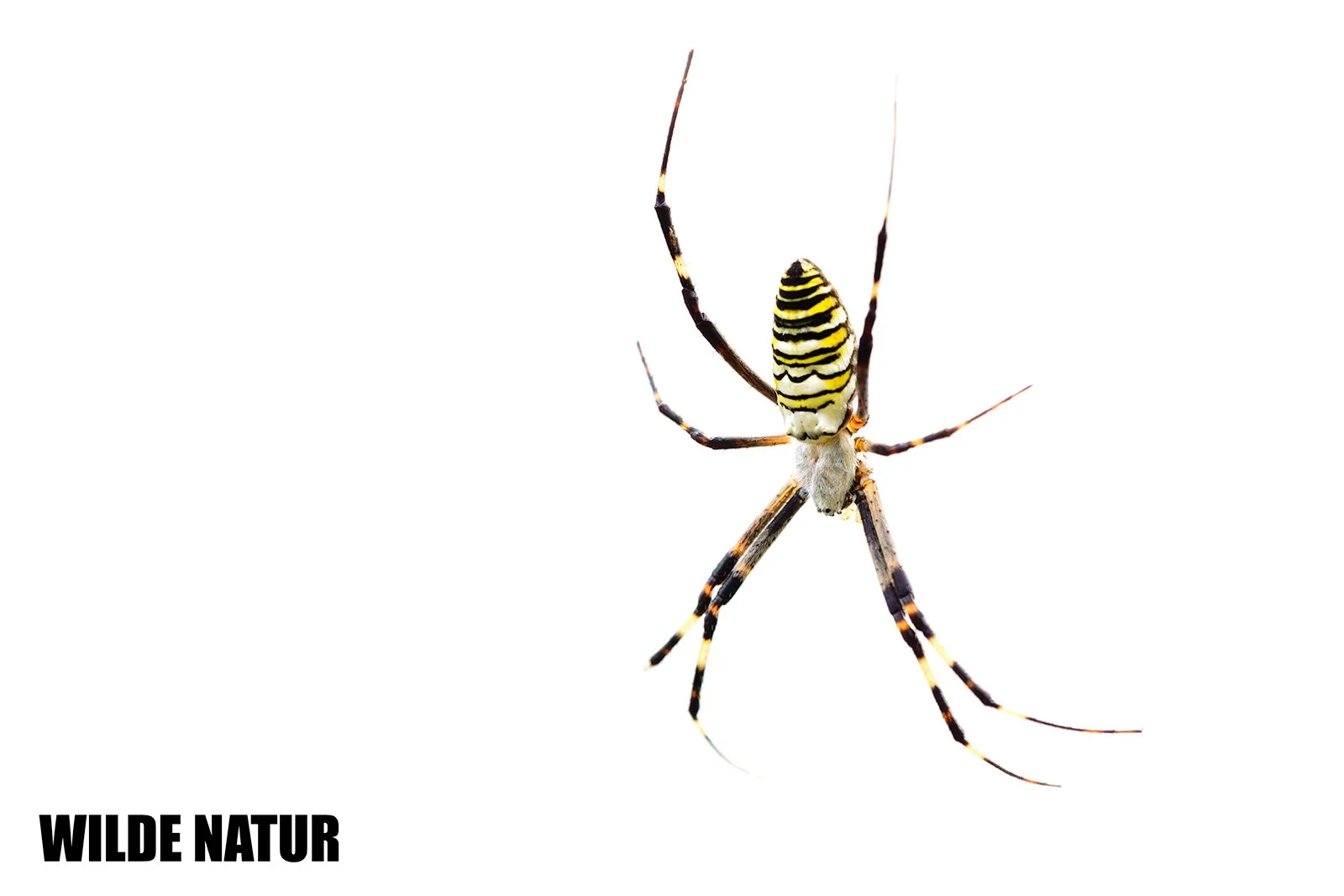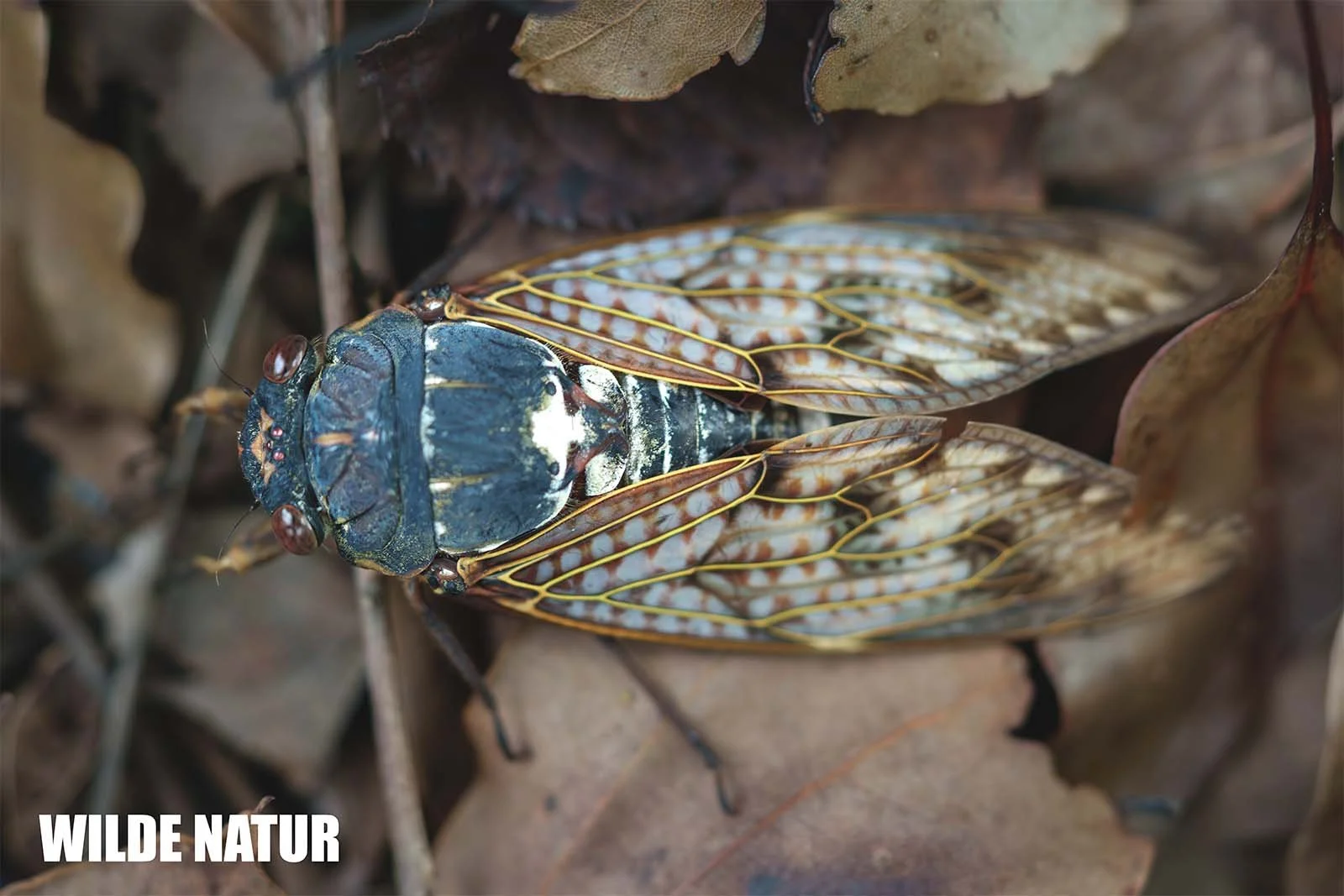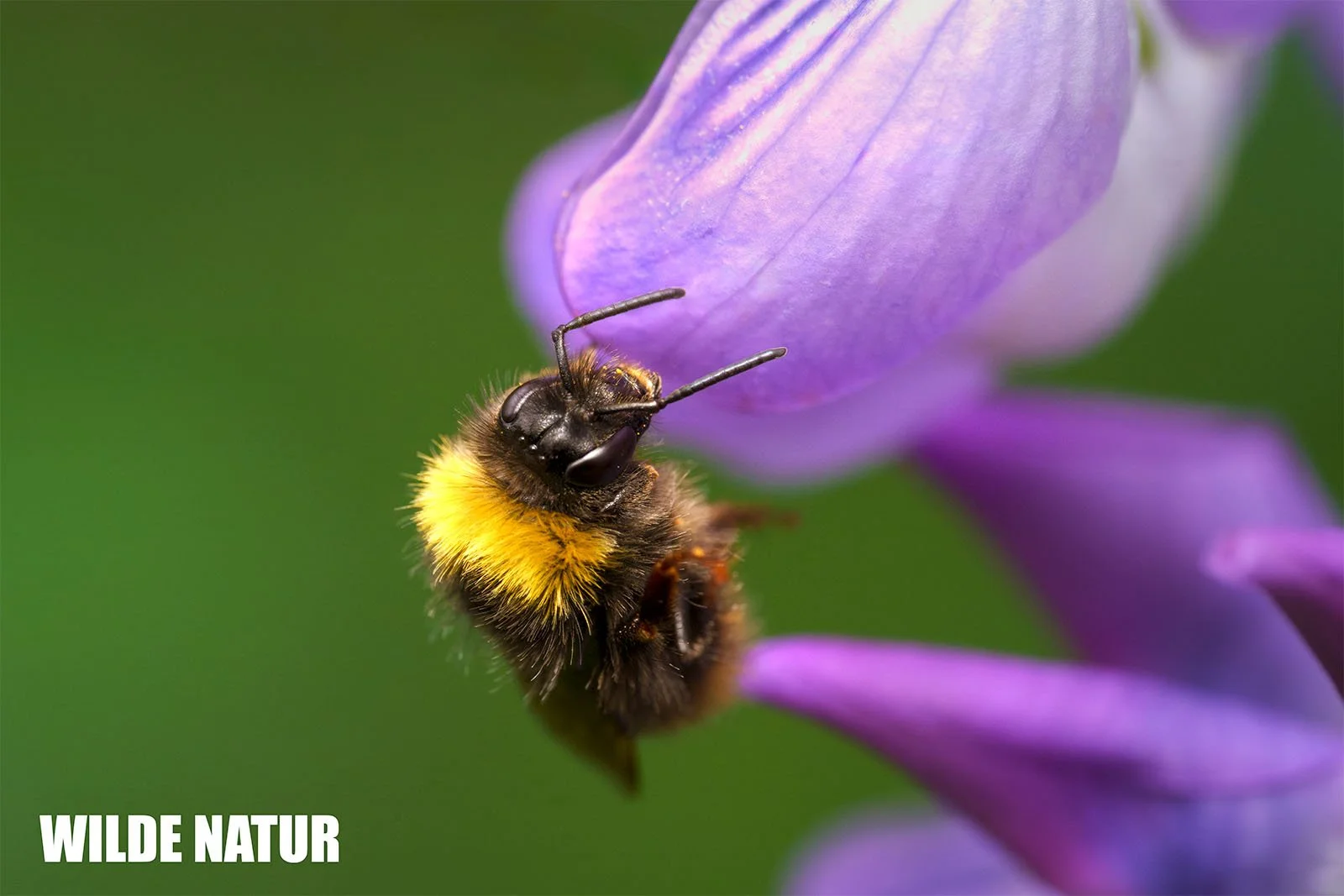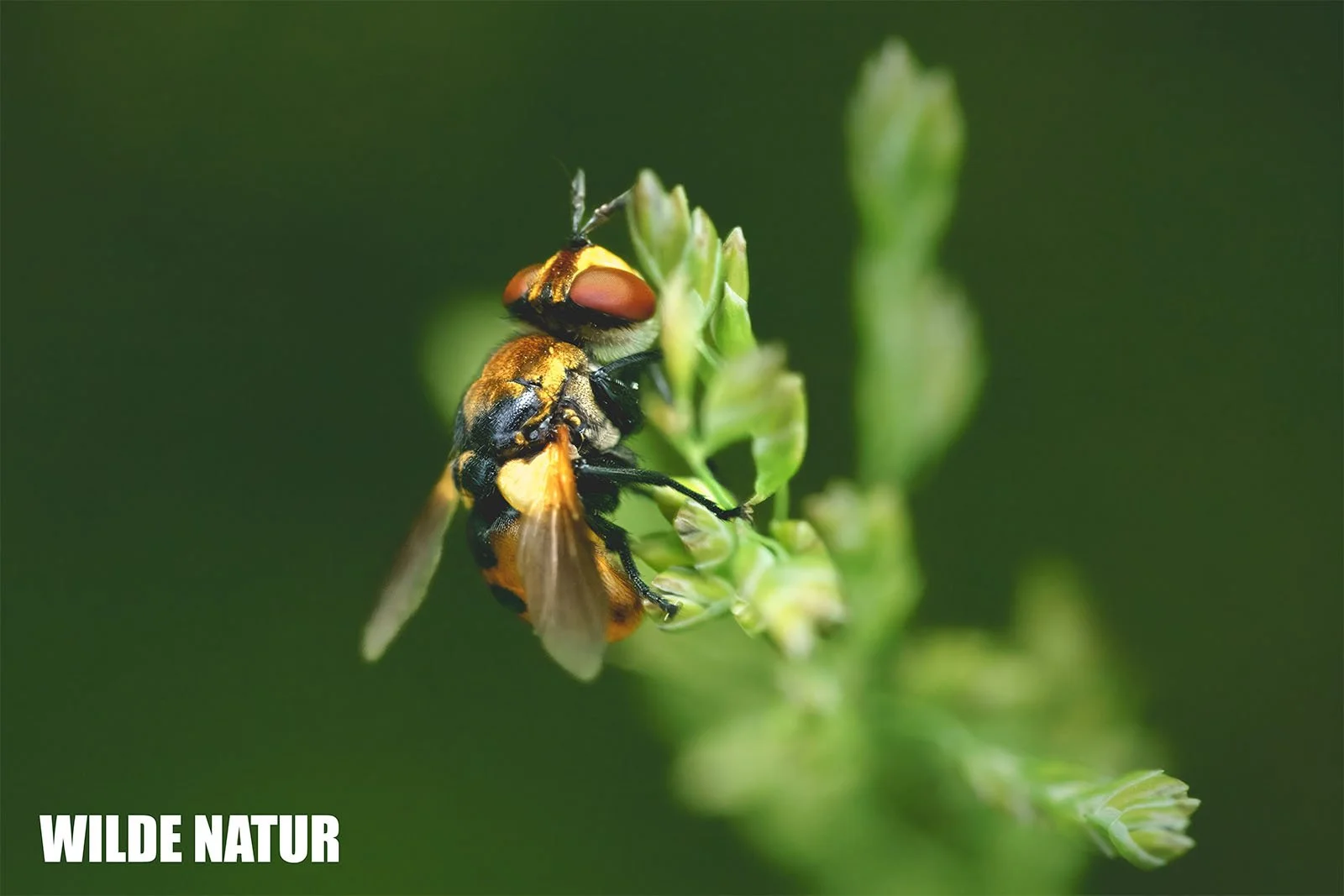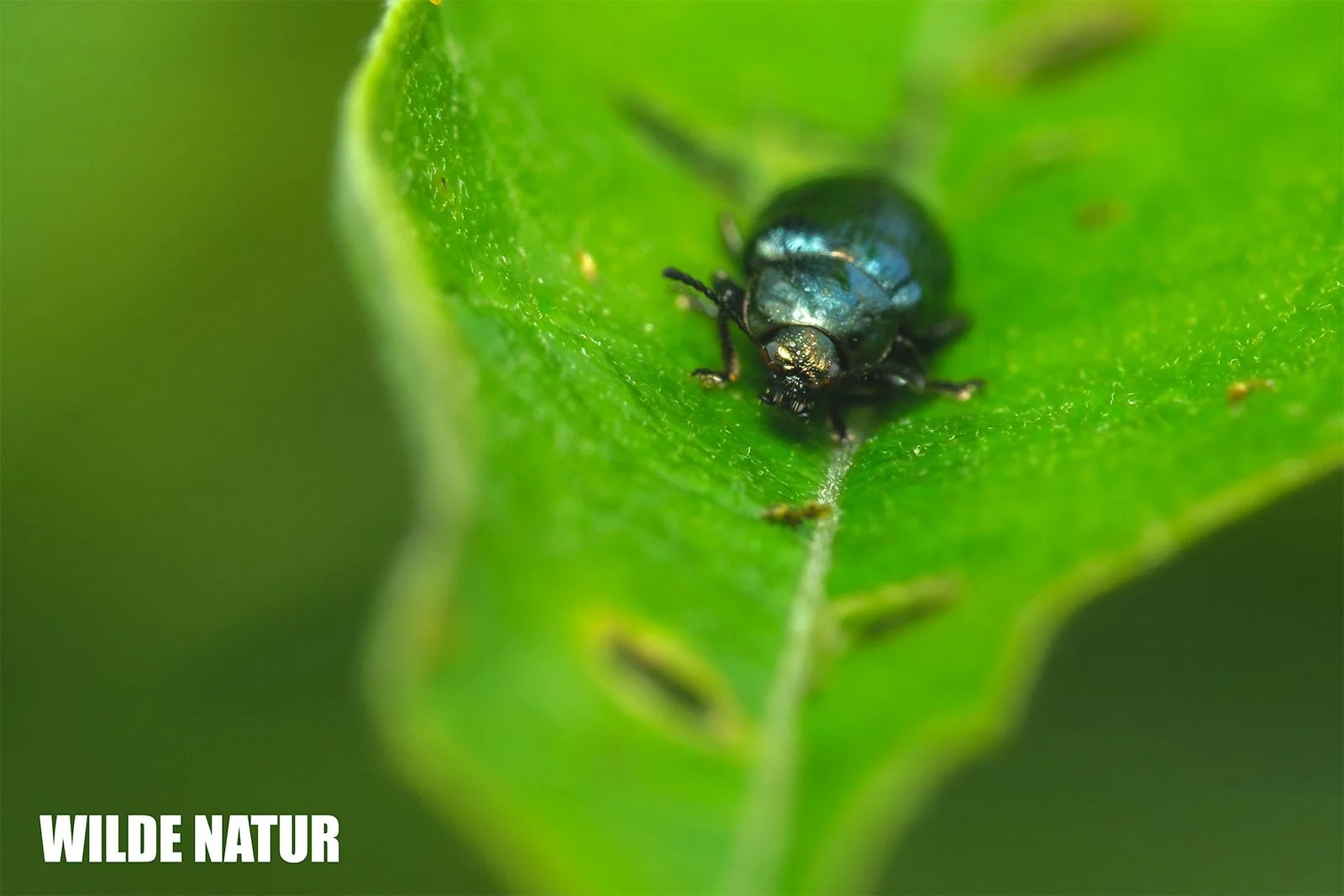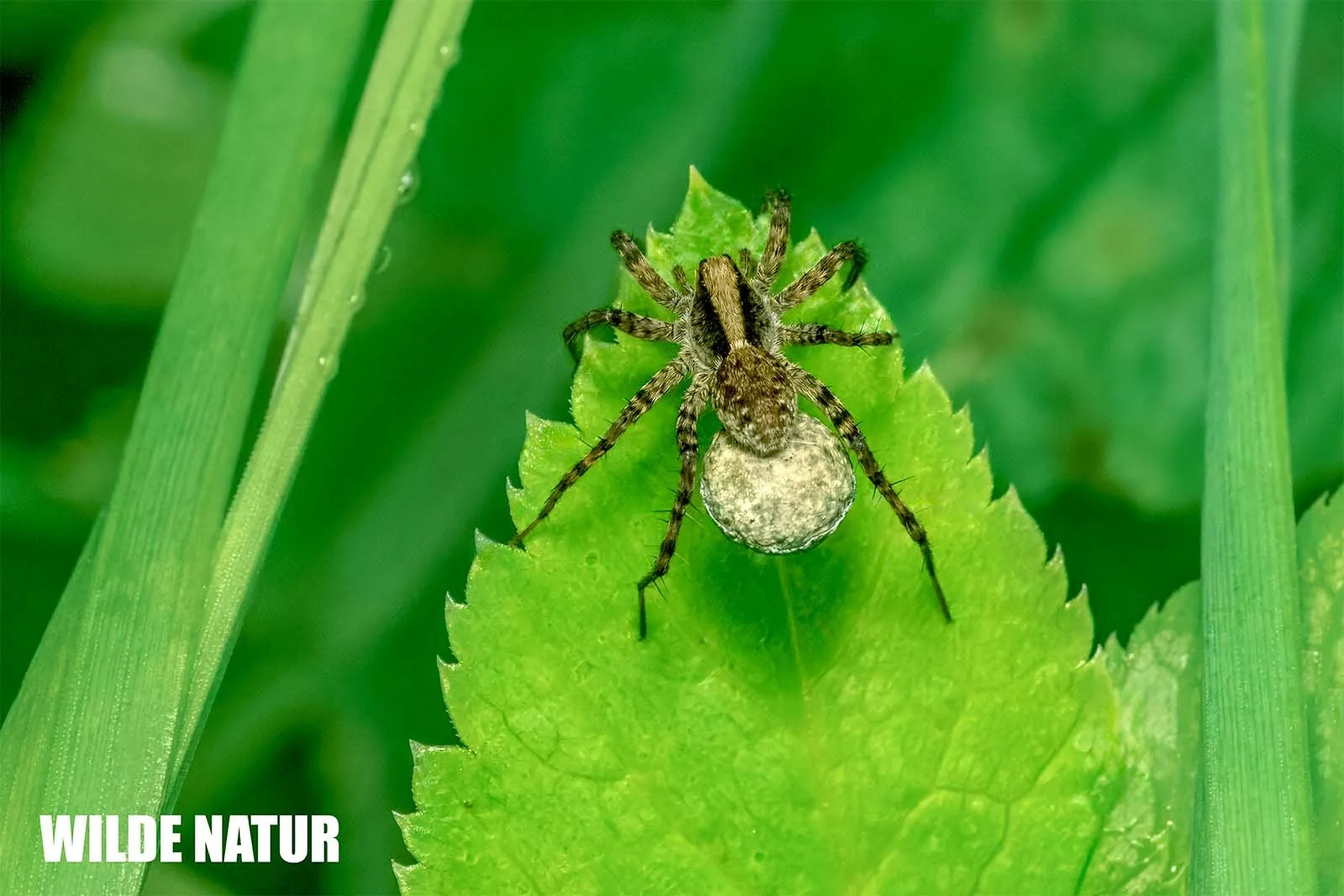White-spotted Iris Weevil (Mononychus punctumalbum)
White-spotted Iris Weevil (Mononychus punctumalbum)
White-Spotted Iris Weevil – Life Cycle & Characteristics
Discover Mononychus punctumalbum: traits, development, and tips for protecting this specialized beetle closely linked to the yellow flag iris.
Size: approx. 4–5 mm
Host plant: Yellow flag iris (Iris pseudacorus)
Life cycle: Egg in seed capsule → larva inside seed → pupa in capsule → beetle emerges in late summer
Activity periods: May–June (mating), July–August (egg-laying), late summer (emergence)
Overwintering: In leaf litter
Distribution: Europe (excluding Scandinavia); southern form (“salviae”) has brownish scales
Scientific name: Mononychus punctumalbum
Common name: White-spotted iris weevil
Family: Curculionidae (true weevils)
Identifying features: Compact body with a white spot at the elytra seam
Coloration: Jet black, southern variant with brownish scaling
Larval diet: Seeds of Iris pseudacorus
Adult diet: Flowers and unripe fruits of iris species
Table of Contents
- Introduction
- Appearance and Features
- Life Cycle and Reproduction
- Diet and Behavior
- Habitat and Distribution
- Practical Examples
- FAQ
- Conclusion
Introduction
No larger than a grain of rice but marked with a distinctive white spot, the white-spotted iris weevil (Mononychus punctumalbum) is a true specialist among weevils. It lives almost exclusively on the yellow flag iris, completing its entire life cycle hidden inside the plant’s seed capsules. In this article, you’ll learn how to identify it, understand its lifestyle – and find out how to protect its habitat.
Appearance and Features
With its compact, glossy black body, this tiny beetle (just 4–5 mm long) stands out thanks to a unique white spot along the seam of its elytra.
- Rostrum & antennae: Yellowish to reddish, highly mobile
- Leg characteristics: Tarsi end in a single claw – a defining trait of the genus (Mononychus)
- Sexual dimorphism: Males display lighter, looser scaling than females
- “Salviae” variant: In southern regions, a brown-scaled form occurs
- Thorax: Smooth with a central longitudinal groove
- Elytra: Grooved lengthwise with dot-like texture
Life Cycle and Reproduction
The annual cycle consists of several well-defined stages:
Mating (May–June)
On warm days, beetles actively fly to their host plant’s flowers, where mating takes place.Egg-laying (from July)
The female uses her rostrum to bore into the seed capsules of the iris, placing one egg per chamber.Larval development
The larva hatches, consumes the seed content, and remains inside the capsule until pupation.Adult emergence
In late summer, new beetles emerge and exit the capsule through small boreholes.Overwintering
From autumn, the beetles retreat into the leaf litter and overwinter in a dormant state.
Diet and Behavior
- Larvae: Develop exclusively within the seeds of the yellow flag iris
- Adults: Feed on flowers and young seed capsules – mainly of Iris pseudacorus, but also related species
- Behavior patterns:
- Active in mating groups during spring
- Retreat to leaf litter from late summer onward
- Enter winter dormancy until the next spring
Habitat and Distribution
Mononychus punctumalbum is found across much of Europe – except Scandinavia. Preferred habitats include:
- Moist riverbanks
- Floodplain forests with iris growth
- Gardens with cultivated yellow flag iris
Coloration varies regionally – brown “salviae” forms dominate in the south, while classic black individuals prevail in the north.
Practical Examples
- Garden care: Avoid removing ripe seed capsules too early to ensure larval development isn’t disrupted.
- Habitat conservation: Moist habitats with stable water levels benefit both iris and beetle.
- Monitoring tip: In May, adult beetles can be easily spotted on iris leaves in the early morning – helpful for surveys.
FAQ
1. How can I identify Mononychus punctumalbum?
Look for the white spot on the elytra seam and the presence of a single claw per leg.
2. Is the beetle harmful?
It does consume iris seeds, but due to its low population density, the damage is typically negligible.
3. How can its habitat be protected?
Avoid chemical use near water bodies, promote wild perennials, and preserve moist environments.
4. When is the best time to observe it?
Between May and June, when adult beetles are active and easy to spot.
5. Is the beetle protected?
Not directly protected nationwide, but it benefits indirectly from habitat conservation. In some federal states, it is listed as endangered.
Conclusion
The white-spotted iris weevil is one of the most fascinating specialists of our wetland ecosystems. By protecting its host plant and preserving retreat areas, we help a rarely seen species survive – and with a bit of luck, you might just catch a glimpse of it.

